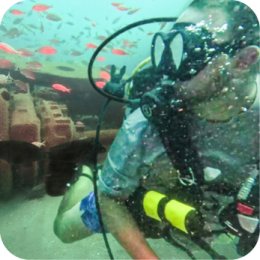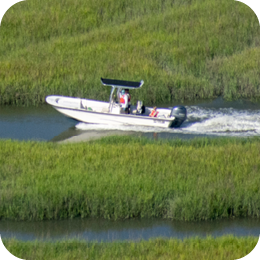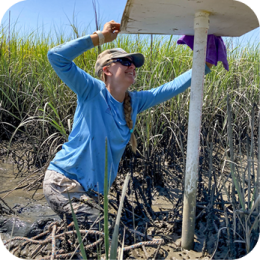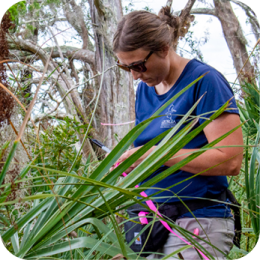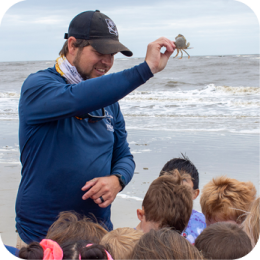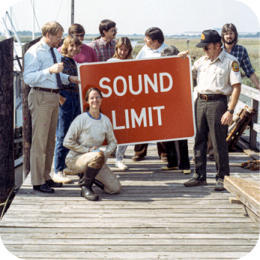By Terry W. Johnson
One of my favorite backyard plants is the native strawberry bush. I like it because it offers wildlife food, and in autumn it is one of the most beautiful plants in my yard. Also, to top it all off, I don’t have to pamper it. It literally takes care of itself.
Sounds almost too good to be true, doesn’t it?
I would like to be able to say that I showed good judgment and set out the strawberry bushes growing in my yard, but I can’t. I suspect they were unwittingly planted by birds that passed this way years ago and left behind strawberry bush seeds in their droppings.
At that time my property was part of one of the countless small farms that dotted the countryside. Years after the farmer closed his barn door for the last time and subdivided his farmstead, my wife and I purchased a 3-acre parcel and built our home.
One of the first things we did after buying the property was to find out what plants were growing there. Among our discoveries were a couple of pitiful-looking strawberry bushes seemingly just hanging on beneath a few scattered pines. We protected them from my weed eater and mower and waited to see them bear a crop of red, 1-inch strawberry-like capsules. However, year after year, white-tailed deer browsed the plants so severely they never produced seeds.
This came as no surprise. White-tailed deer simply love ’em. In fact, they are sometimes called deer ice cream. As such, wildlife biologists consider the strawberry bush an indicator plant. They know they are one of the first plants to disappear from our woodlands when deer become overpopulated.
A few years ago, after we fenced our entire backyard to allow our dogs to romp at will, all of that changed. While the fence kept my dogs from roaming throughout the neighborhood, it kept the deer out. The year after the fence went up our strawberry bushes grew taller than they ever had before. They even bloomed for the first time.
Soon after their inconspicuous, greenish-yellow blossoms withered, small lime green knobby seed capsules appeared. By late summer they had filled out and measured about an inch in diameter. Soon their green color was replaced by a rosy red hue. Then the capsules split open into three to five segments. Each lobe displayed a single, shiny, scarlet red berry suspended on what looked like a thin thread. Talk about being spectacular!
One look at the ripened capsules and you immediately know why the plant is often called hearts-a-bursting. If that isn’t enough to endear the plant to you, its breathtaking red leaves are capable of catching the eye of even the most casual leaf peeper. When you feast your eyes on this spectacular autumn display, it is impossible not to be smitten with this gorgeous native shrub.
Many experts say strawberry bush is not an important wildlife food plant. I suspect this is because it is rarely abundant enough to make a significant impact in food habit studies. However, where strawberry bush is found, it is eaten by a host of wildlife. In addition to white-tailed deer, swamp and eastern cottontail rabbits eat the plant’s twigs and leaves. Wild turkeys, yellow-rumped warblers, eastern bluebirds, wood thrushes, northern mockingbirds and a variety of small mammals are among the wildlife that devour the strawberry bush’s red berries. It is even the host plant for a handful of tiny moths like the ermine moth.
In spite of the fact that wildlife eats strawberry bush, the plant’s bark, leaves and berries are poisonous to humans. They contain chemicals that can cause severe diarrhea and cardiac arrest.
The strawberry bush is an understory plant. In other words, it grows best in woodlands where the only sunlight reaching the forest floor creates sun-dappled patches. Consequently, it is an ideal landscape plant in partially shaded backyards.
If you want to add strawberry bush to your landscape, I recommend you obtain plants from nurseries specializing in native plants. If you don’t have such a nursery nearby, investigate local sites that are being cleared for highway projects and other development. If you find some strawberry bushes, they can be rooted from cuttings taken in the summer. Also, you might find a number of smaller shrubs sprouting up around a larger plant that are suitable for relocation to your backyard. Such as move is most successful in winter.
My wife and I look at our backyard as a giant jigsaw puzzle. In our efforts to make our yard more wildlife friendly, each year we add pieces to this puzzle. While our strawberry bushes might be small pieces in this puzzle, that doesn’t, in any way, detract from their importance.
Terry Johnson is a former Nongame program manager with the Wildlife Resources Division, a noted backyard wildlife writer and expert, and executive director of TERN, the friends group for Wildlife Resources' Nongame Conservation Section. Read previous columns at www.georgiawildlife.com. Find out more about TERN at http://tern.homestead.com/.
An official website of the State of Georgia.


